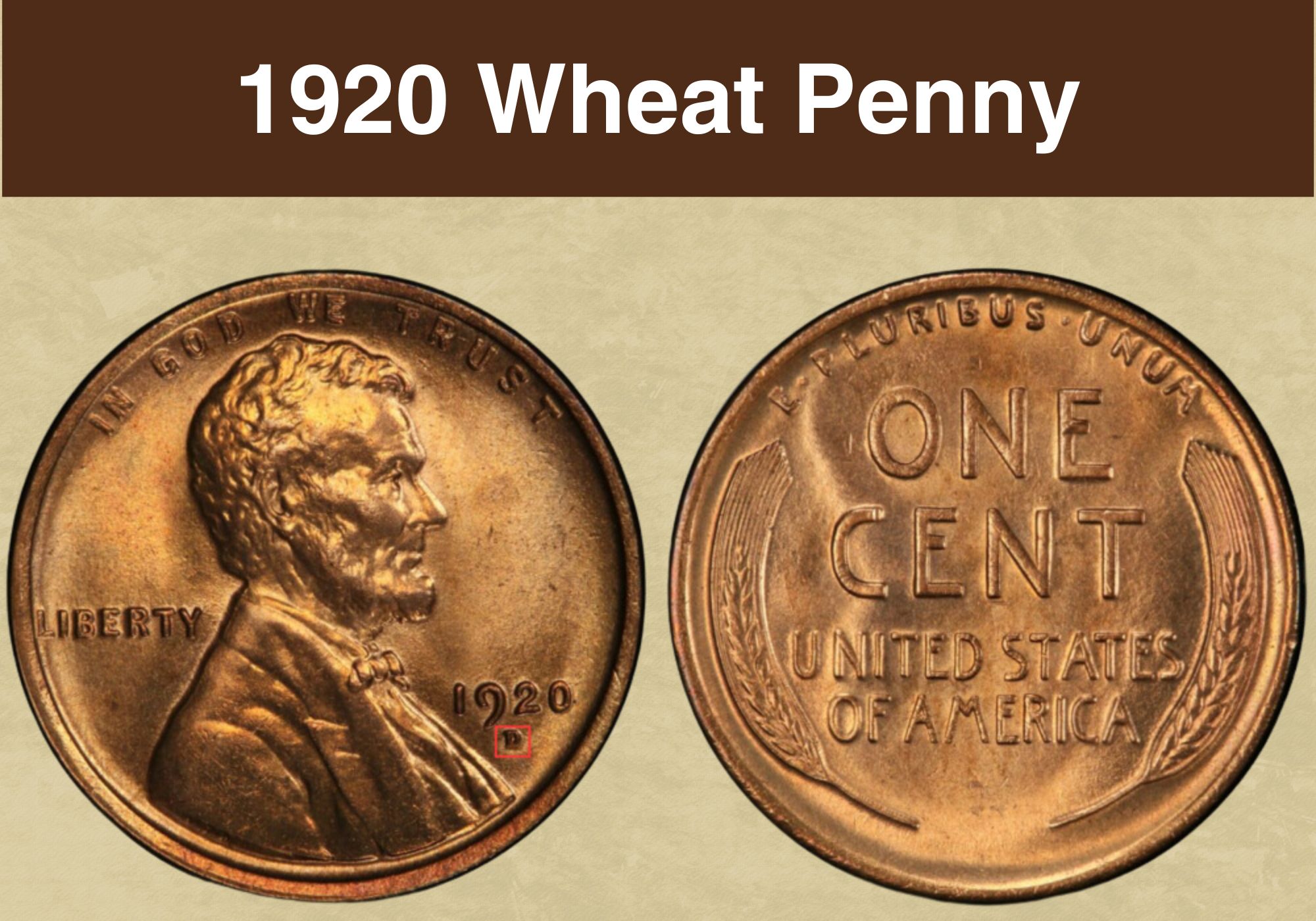
Coin Value Contents Table
The penny struck in 1920 is one of the series known as Lincoln Wheat pennies. How much an individual coin is worth depends on a number of different factors. We’re going to take a closer look at what they are, and how they affect the 1920 penny value.
We’ll also explore the history and design of the coin. And we’ll check out some of the interesting errors that escaped the Mint’s quality assurance processes.
Ready to learn more? Then let’s get started!
1920 Wheat Penny Value Chart |
||||
| Mint mark | XF45 | MS62 | MS65 | MS67 |
| 1920 (P) No Mint Mark Wheat Penny Value | Brown: $10 | Brown: $28
Red and brown: $32 Red: $45 |
Brown: $135
Red and brown: $160 Red: $325 |
Red: $8,000 |
| 1920 D Wheat Penny Value | Brown: $28 | Brown: $125
Red and brown: $160 Red: $215 |
Brown: $450
Red and brown: $700 Red: $2,400 |
n/a |
| 1920 S Wheat Penny Value | Brown: $26 | Brown: $165
Red and brown: $235 Red: $550 |
Brown: $825
Red and brown: $2,150 Red: $20,000 |
n/a |
History of the 1920 Penny
You may hear the 1920 penny referred to by a couple of different names. Some call it a Lincoln penny, after the image of the president who appears on the “heads” side, or obverse. Others know it as a Wheat penny, a reference to the image of two ears of durum wheat on the reverse.
Pennies pairing the two designs were first struck in 1909. This was the first year the image of President Abraham Lincoln appeared on the cent. And it was also the first time that a real person had appeared on a US coin.
The date was significant: 1909 marked 100 years since Lincoln’s birth. Until then, it had been considered inappropriate to depict real people on coins. But as the centenary drew near, the public’s respect for the assassinated president motivated a change in policy.
Through the years, Lincoln pennies have had a number of different designs on the reverse. The ears of wheat that appear on the 1920 penny were the original reverse, first struck in 1909.
The design continued to be used until 1959, when it was replaced by the Lincoln Memorial in Washington DC. That stayed in place for another fifty years, before being replaced by the design known as the “Union shield”. It’s this image that’s still being used on Lincoln pennies today.
The designs on both sides of the 1920 penny were the work of the same sculptor. Victor David Brenner was Russian and came from a family of metalworkers. He emigrated to the US in 1880 and took up work as a die cutter and engraver.
A spell in Paris allowed him to learn new techniques and styles. He won several awards, and when he returned to New York in 1906, his career prospered. The Lincoln penny is probably his most famous work.
For many years, however, the coins were unsigned. Brenner had originally proposed to sign the portrait, but the Mint ruled this unacceptable. So instead, he suggested placing his initials on the reverse.
Although this was standard practice for coin designers, Brenner’s initials aroused much controversy. They were considered too prominent and were removed, despite the artist’s protests.
Look closely at the obverse of the 1920 penny, however, and you’ll find them. They were reinstated on Lincoln pennies in 1918, inscribed discreetly on the President’s shoulder.
Also read: 12 Most Valuable Lincoln Penny Worth Money
Features of the 1920 Penny
The obverse of the 1920 penny
The obverse of the 1920 penny shows the same portrait of Abraham Lincoln that still appears on cents today. The only difference is that modern coins are in slightly lower relief.
The President is shown in profile, facing to the right as the coin is viewed. The artist, Victor David Brenner, said that he had imagined Lincoln as he would have looked if reading to a child.
The familiar motto “IN GOD WE TRUST” arches over the portrait, following the curve of the coin edge. “LIBERTY” is inscribed to the left, while the date is on the right.
1920 pennies struck in Philadelphia don’t have a mint mark. But coins made in Denver will have a small “D”, and those in San Francisco a small “S”. If there is one, you’ll find it just beneath the date.
The reverse of the 1920 penny
The reverse of the 1920 penny shows a simple design of two ears of durum wheat. These curve to follow the sides of the coin, framing the denomination and country name.
The words “ONE CENT” take center stage. “UNITED STATES OF AMERICA” is inscribed below them in smaller font. And smallest of all is the Latin motto “E PLURIBUS UNUM”, which appears at the top, running parallel to the upper coin edge.
The motto means “From the many, one”, and refers to the creation of the country from the union of states.
Other features of the 1920 penny
The penny struck in 1920 is made of bronze. The alloy consists of 95 per cent copper, with the remainder a mixture of zinc and tin. The composition of Lincoln pennies changed a number of times over the years, and today’s coins are made of zinc clad in copper.
Despite the difference, a 1920 penny has exactly the same dimensions as a modern one. It’s 19 millimeters in diameter and weighs 3.11 grams.
The copper content means there’s considerable variation in the color of individual coins. A penny that’s had only minimal handling or exposure to the air will be red. But as it’s used, the color dulls to brown.
Coin grading agencies classify pennies as red, red and brown, or brown. To be red, a coin has to have retained the red shade over at least 90 per cent of its total surface area. A brown coin will have the same proportion of its surface area brown.
All other things being equal, red coins are usually the most valuable and brown the least.
Coin condition is also crucial. Check out this YouTube video from Numismatics Anonymous for guidance on grading your Lincoln penny.
Also read: 13 Most Valuable Wheat Penny Worth Money
1920 Penny Grading
| # | Grade |
|---|---|
| 1 | Basal State-1 |
| 2 | Fair |
| 3 | Very Fair |
| 4, 5, 6 | Good |
| 7, 8, 10 | Very Good |
| 12, 15 | Fine |
| 20, 30 | Very Fine |
| 40 | Extremely Fine |
| 50 | About Uncirculated |
| 60 | Mint State |
| 65 | Mint State |
| 70 | Mint State |
Please check our grading guides to know your coin scale, It’s the necessary step to know the exact value of your coin.
Check out now: How to Grade Lincoln Wheat Penny?
1920 Penny Value Guides
1920 No Mint Mark Penny Value
Pennies struck in Philadelphia won’t have a mint mark on the obverse. If there’s no “D” or “S” beneath the date, you have a Philadelphia penny.
Even a brown 1920 Philadelphia penny in poor condition will be worth around a dollar. But if you have a coin of better quality, the value can be much higher.
Coins are graded on a scale from 1 to 70. Those graded 1 are in the poorest condition, while anything over 60 is classed as “mint state”. Coins graded 65 or above are known as “gems”.
For brown 1920 Philadelphia pennies, values rise gradually at the lower end of the scale. The $1 value of a coin graded 2 doubles to $2 at F-12 (the F stands for “fine”). Extremely fine coins, graded around 40 to 45, are worth about $10.
For mint state coins, values start at $24 for a brown coin graded MS60. The finest quality brown 1920 Philadelphia penny known to exist is graded MS65, and is worth around $135.
For red and brown coins, values range from $26 at MS60 to $350 at MS66. And red coins become available at MS62, where they are valued at around $45.
Three coins are tied for the position of the finest 1920 Philadelphia penny on the planet. Those are each classified as red and graded at MS67+. The independent coin graders, the PCGS, value those at $20,000 apiece.
1920 D Penny Value
If your 1920 penny has a “D” below the date, it came out of the Mint facility in Denver.
That location produced far fewer pennies that year than Philadelphia – just over 49 million, compared to Philly’s 310 million. As a result, Denver pennies are worth more than their Philadelphia equivalents at most grades.
According to the PCGS, a brown example graded XF45 is worth around $28. And if you want a mint state coin in any color, you’re likely to be paying into three figures.
A brown 1920 Denver penny graded MS60 is valued by the PCGS at $100, rising to $160 at MS63 and $450 at MS65. Red and brown coins at MS60 are worth $5 more, but the premium at higher grades is much higher.
A red and brown MS63 penny is worth around $250. One graded MS65 is worth $700. And quality tops out at MS66, with the single red and brown coin certified at that level valued at $2,400.
Red 1920 Denver pennies start at $215 for an MS62 example. And the highest grade to have so far come to light is MS66. The PCGS has awarded ten coins that grade, and values them at a cool $21,500 each.
1920 S Penny Value
The San Francisco Mint facility struck just over 46 million pennies in 1920. They can be identified by the mint mark, a small “S” below the date.
The PCGS estimates that only around 500 still exist at all grades. And that means that any example, in whatever color or condition, is worth much more than its face value.
In circulated grades, values are similar to the Denver equivalents. A brown 1920 San Francisco penny graded XF45 is valued by the PCGS at $26. That’s a couple of dollars less than a Denver penny of the same grade.
But in mint state, the “S” mint mark carries a premium. Brown coins start at $100 at MS60, rising to $225 at MS63 and $825 for a gem MS65. Red and brown coins range from $150 at MS60 to $325 at MS63 and $2,150 at MS65.
As always, the cream of the crop are red coins – and the finest of these are worth serious money. Values start at $325 for an MS60 example. But they enter five figures at MS65, where a red 1920-S penny is valued at $20,000.
And the finest coin of all is a sole red penny graded MS65+. The PCGS values that at a staggering $50,000.
Also read: 17 Most Valuable Indian Head Penny Worth Money
Rare 1920 Penny Error List
1920 D Penny, Rotated Reverse 15 Degrees
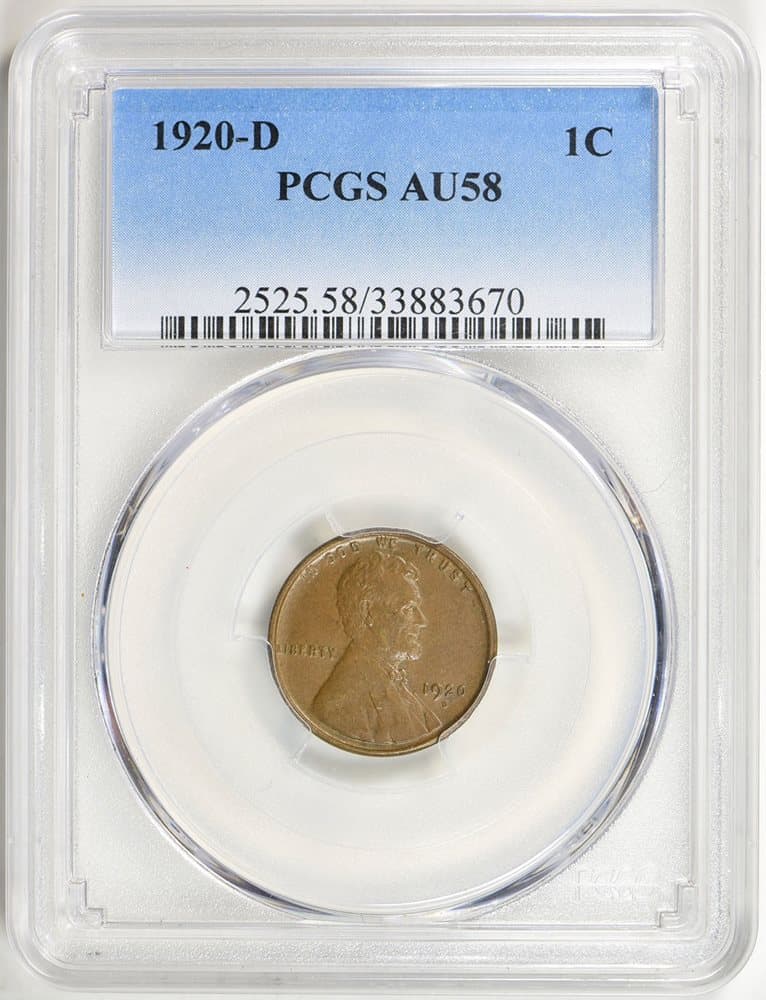
Errors that have escaped the notice of the Mint’s quality assurance processes are rare. And that means that collectors are prepared to pay a premium to get their hands on them.
One such error was a 1920 penny struck in Denver. Somehow, the coin rotated in the collar before the reverse design was struck. As a result, the ears of wheat appeared 15 degrees off their proper position.
The coin was in good condition, graded AU58 brown by the PCGS. (The AU stands for “about uncirculated”). It sold on the auction website eBay for $59 in 2018. Today, the PCGS estimates its value at $85.
1920 No Mint Mark Penny, Clipped Planchet
Sometimes a blank – the piece of metal onto which the coin is struck – isn’t in quite the right pace when it’s cut from the strip of metal. As a result, a curved “clip” is sliced from the edge of the planchet. The more dramatic the loss, the higher the premium added to the value of the coin.
One 1920 penny struck in Philadelphia had a clipped planchet. The clip appeared on the right-hand side with the obverse facing up. It sliced the very edge of the “0” in the date.
It had been graded by ANACS at AU53. And at the time of writing, it was being offered for sale on eBay for $114.
Take a look at this YouTube video from Treasure Town for information on other errors among Lincoln pennies from the 1920s.
Also read: 11 Most Valuable Wheat Penny Errors
Where to Sell Your 1920 Penny?
Now that you know the value of your coins, do you know where to sell those coins online easily? Don’t worry, I’ve compiled a list of these sites, including their introduction, pros, and cons.
Check out now: Best Places To Sell Coins Online (Pros & Cons)
FAQs
How much is a 1920 penny worth today?
That depends on its condition and color. But even brown coins in poor condition are worth more than their face value. And if you have a coin in mint state, it can be worth hundreds, or even thousands of dollars.
But coin grading requires meticulous examination of your coin. Even small differences in condition will result in a changed grading. And that can make a huge difference to value.
Check out coin grading videos to see what to look for.
If you think your 1920 penny is in top condition, it may be worth getting it professionally appraised. Use a reputable agency like the PCGS, NGC or ANACS, but note that there will be a fee to pay. It’s only worth doing this if you have good reason to think your coin could be valuable.
How much is a 1920 D mint penny worth?
The value of an individual coin depends on its color and condition. A Mint error can add to the value too.
As of July 2023, a brown 1920 D penny graded MS60 – the lowest mint state grade – is valued at $95 by the PCGS. The finest certified mint state examples are graded MS66 red, and are valued at $21,500.

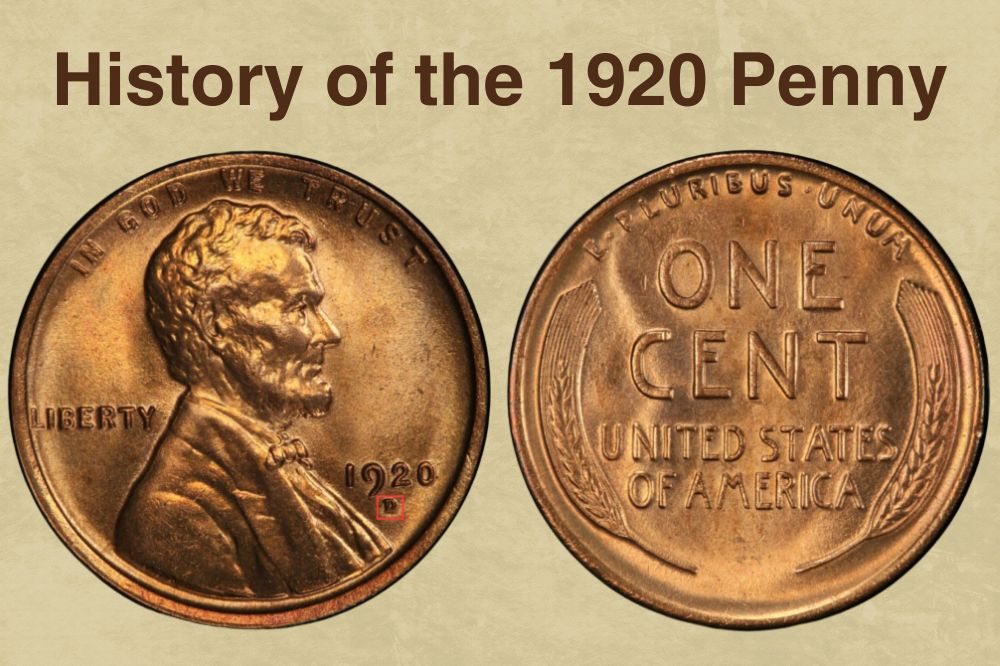
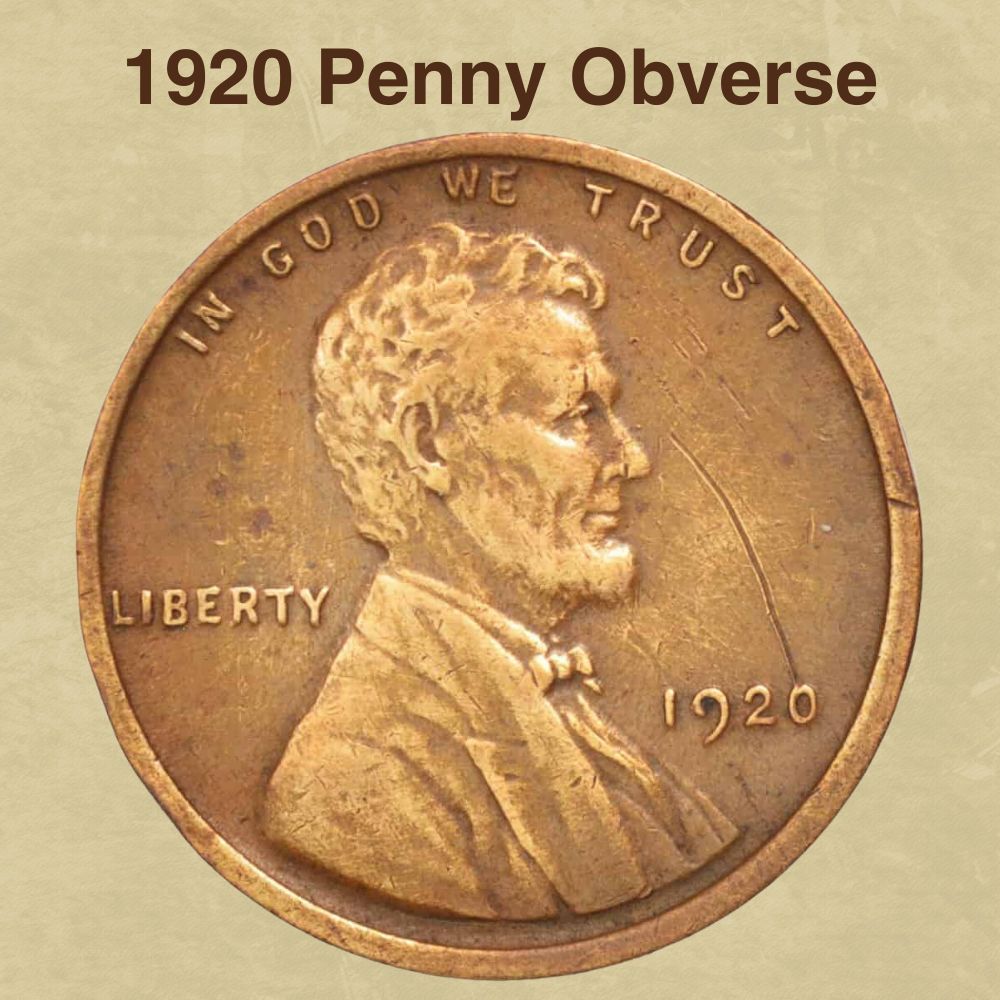
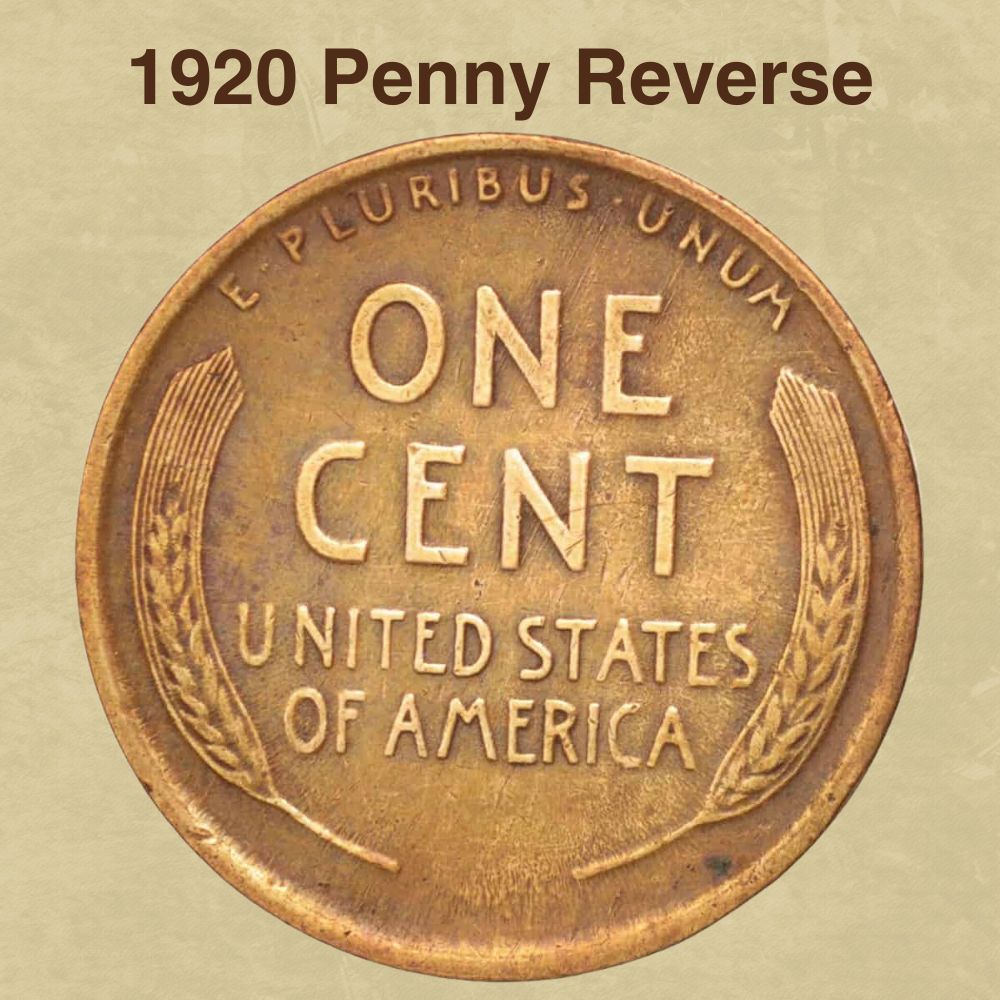
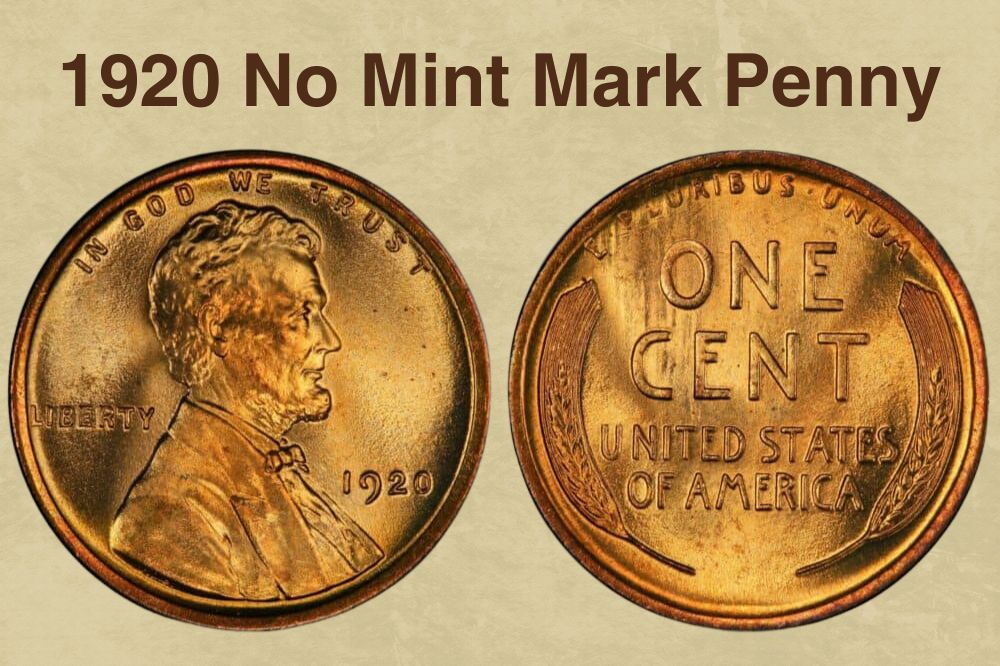
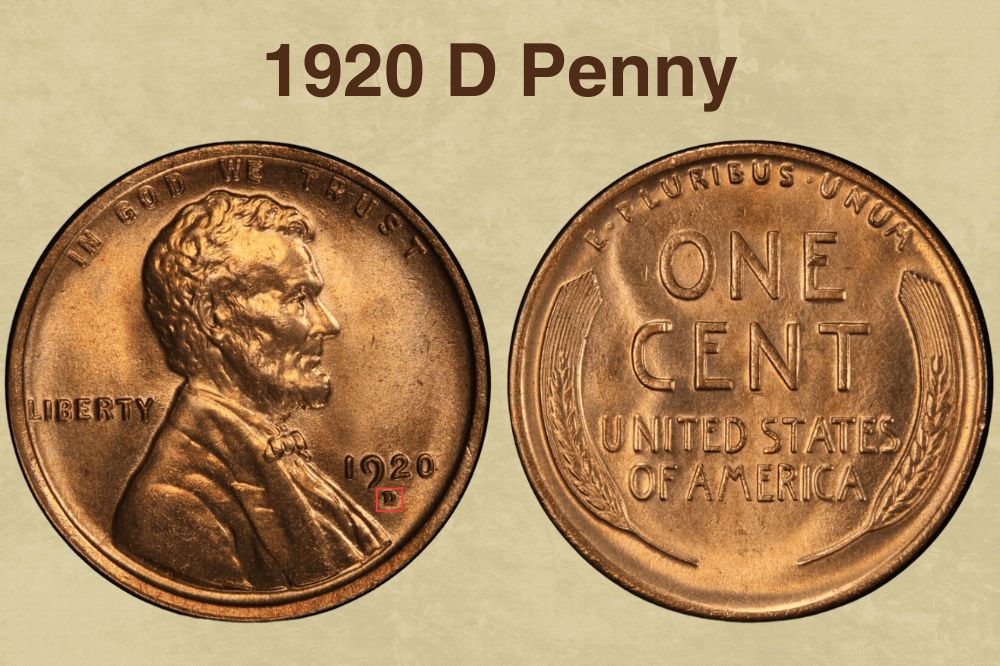
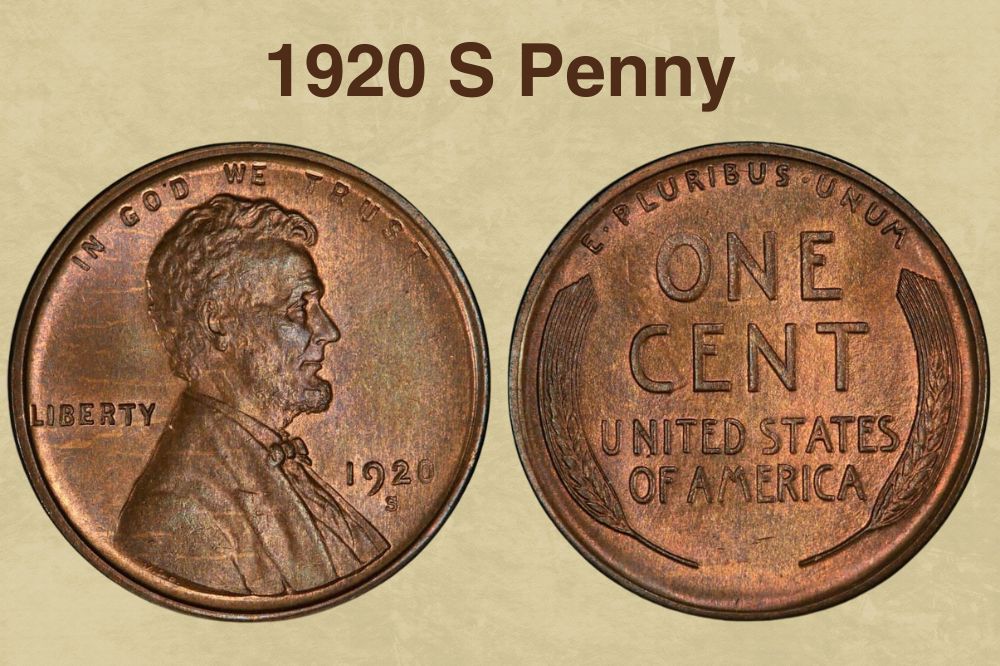
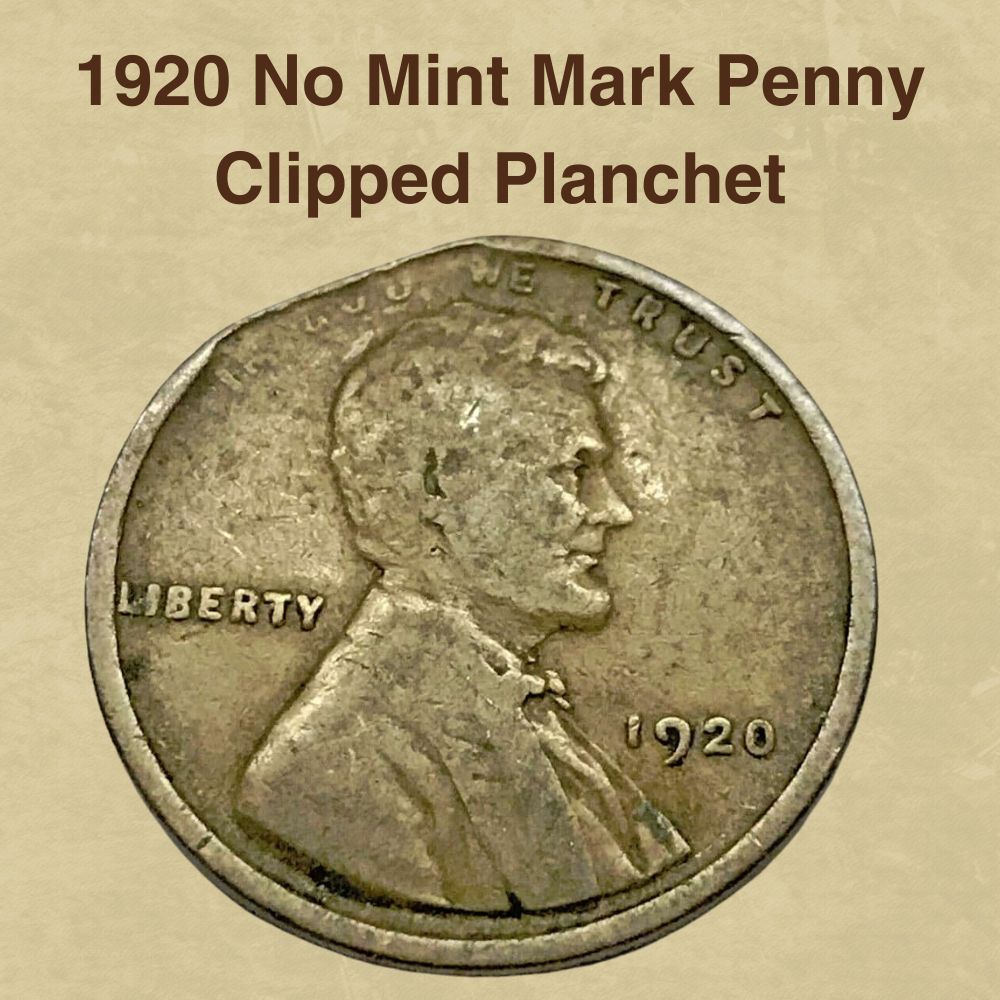
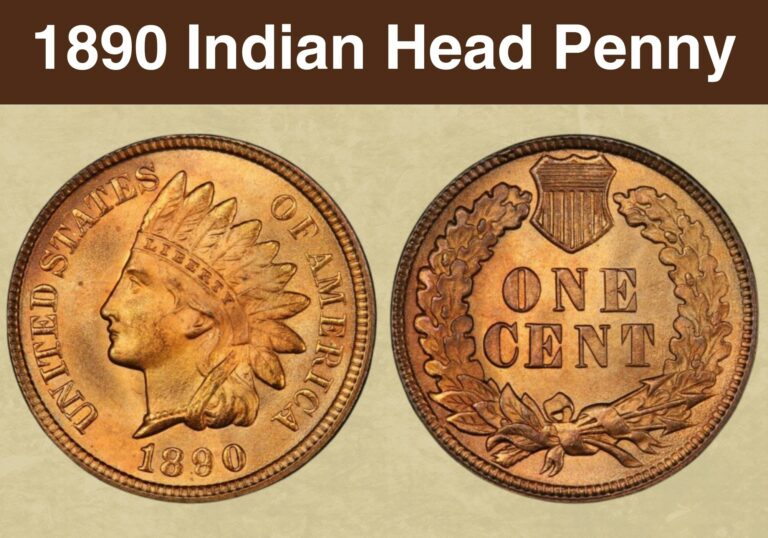
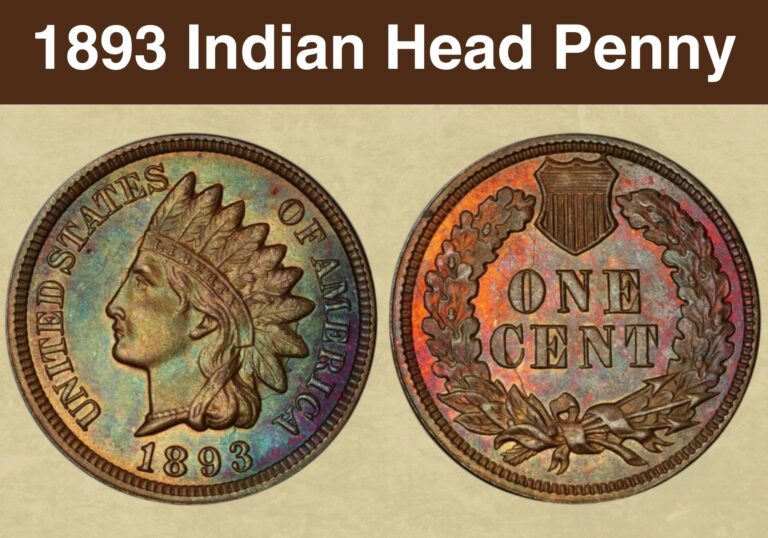
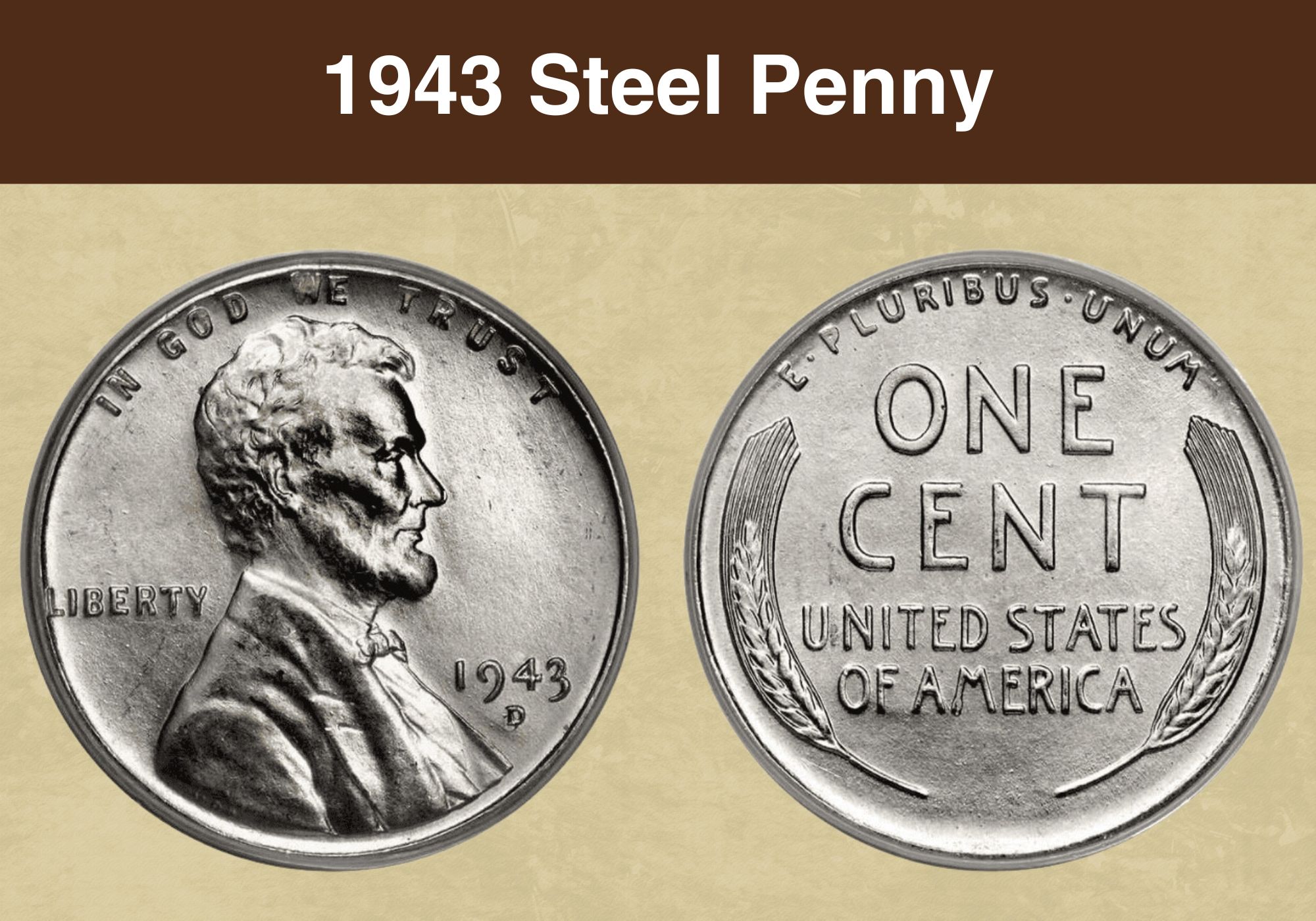
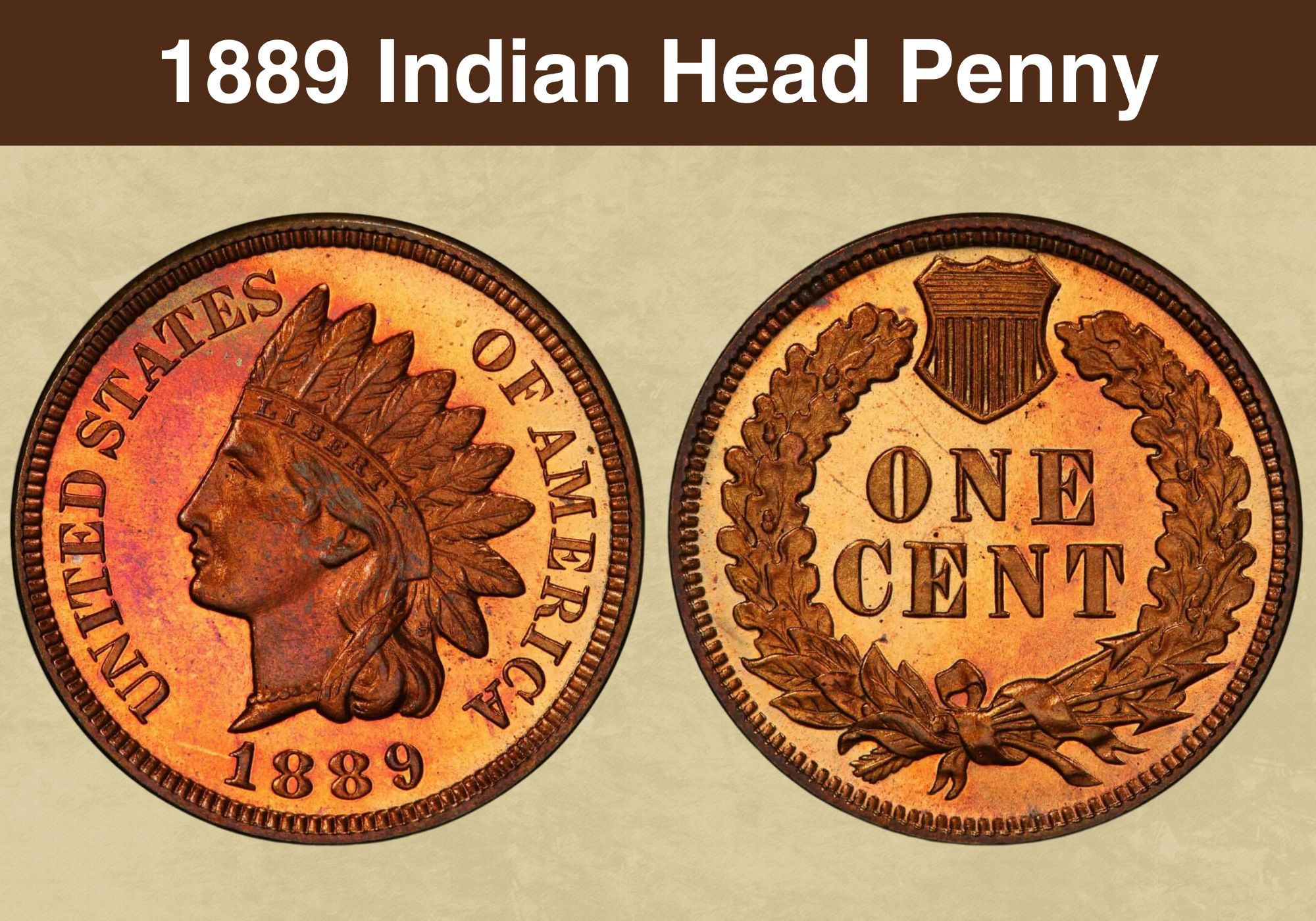
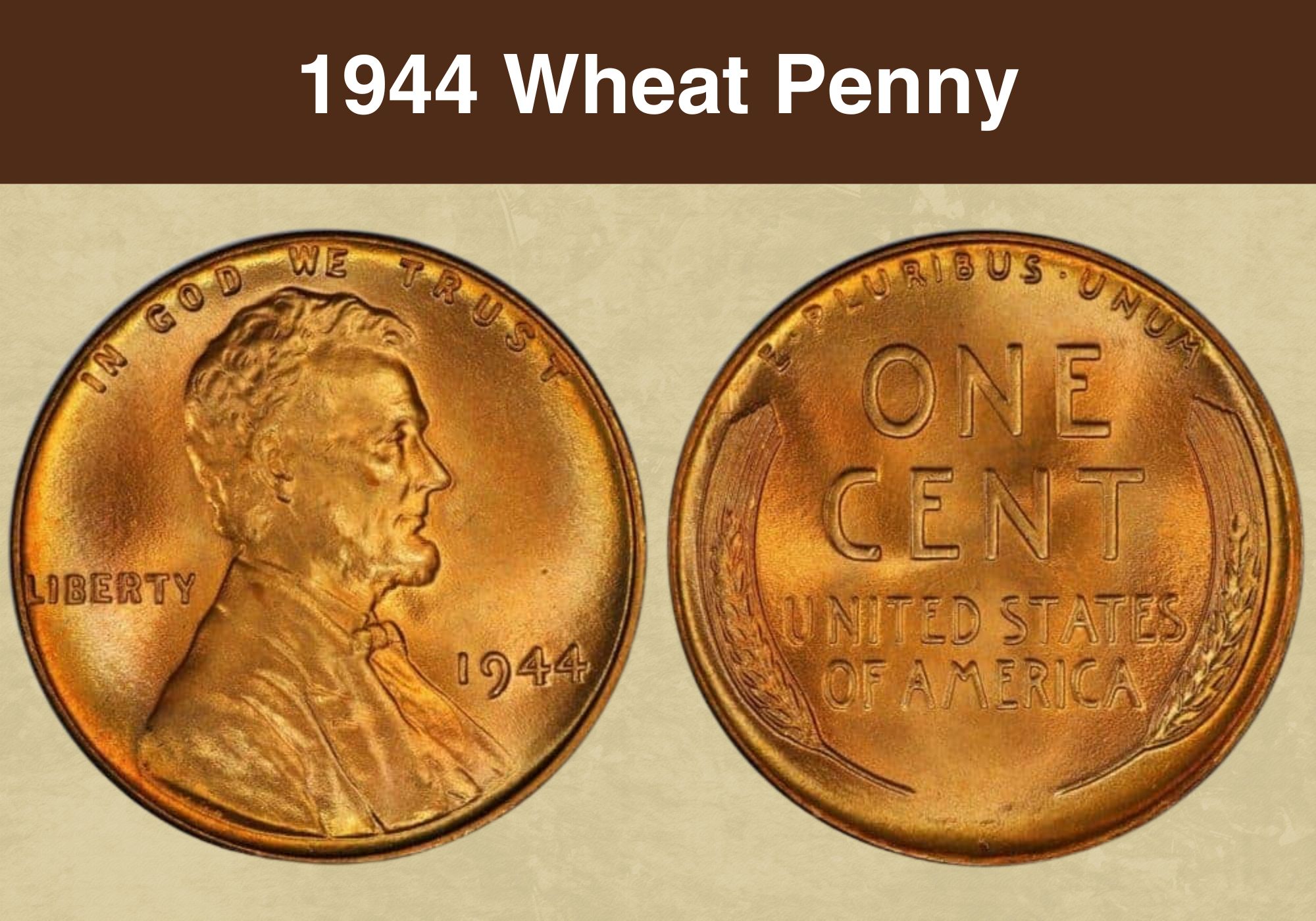
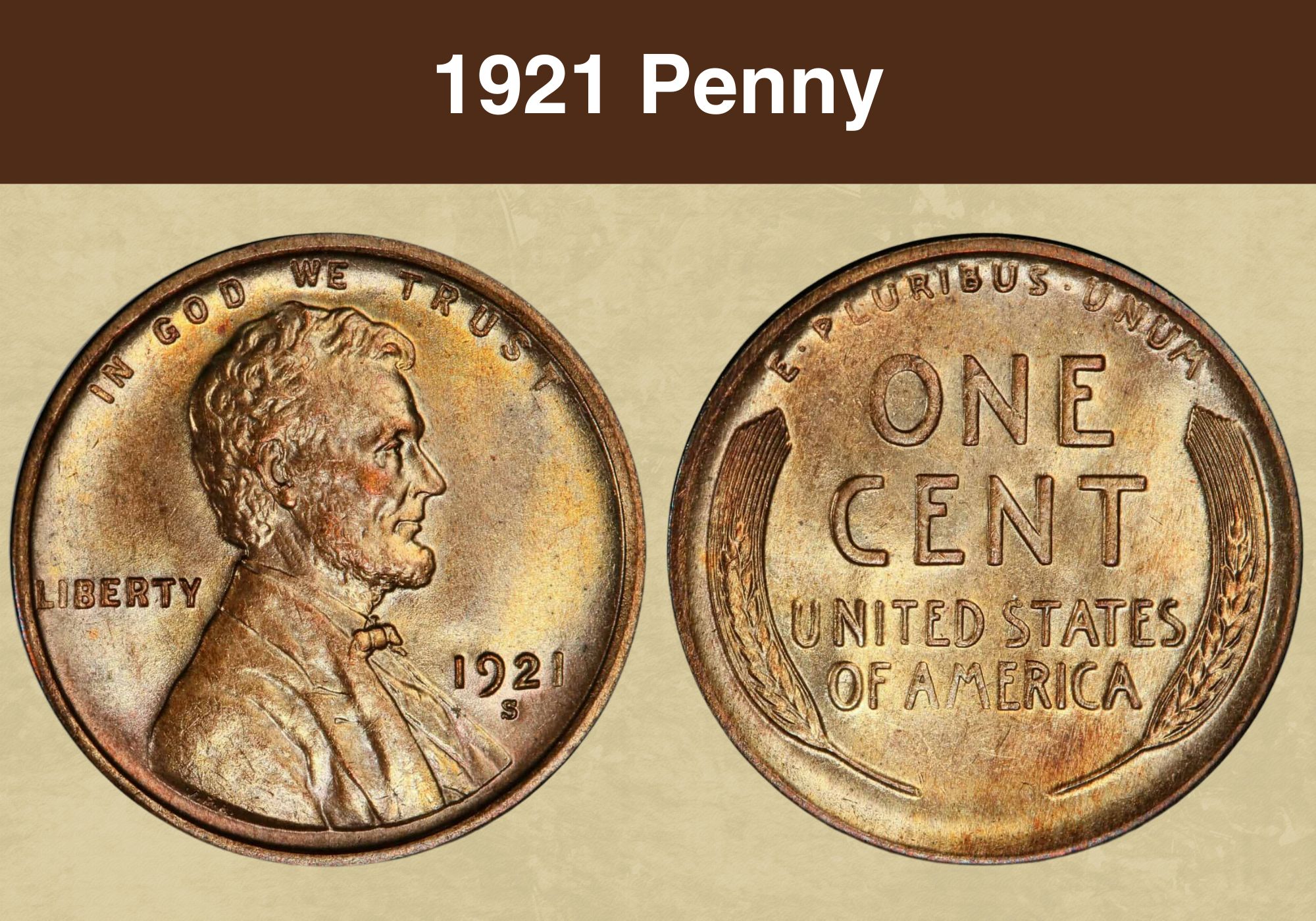
I think I have a 1920 with a 2 stamped above the 2 and something else in front of Lincoln’s forehead by his hair.. is there any coins line this?